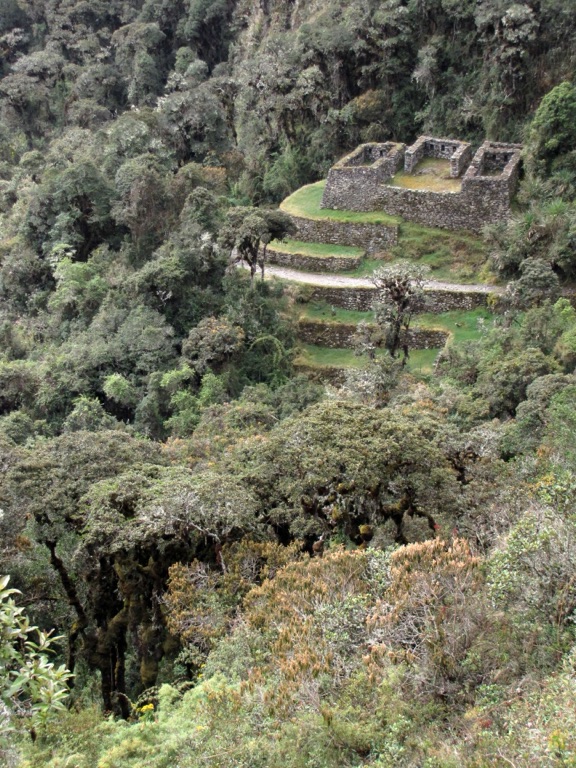Sayacmarca is an intriguing archaeological site perched on a rocky promontory in Peru. It’s part of the Inca Trail, the network leading to the famous Machu Picchu. The name Sayacmarca means ‘Inaccessible Town’ in Quechua, reflecting its strategic location. This ancient site offers a glimpse into Incan architecture and urban planning. Its complex structures and terraces blend seamlessly with the natural landscape, showcasing the Inca’s engineering prowess.
Get your dose of History via Email
Historical Background of Sayacmarca
Explorers stumbled upon Sayacmarca during the 20th century. Hiram Bingham, who famously rediscovered Machu Picchu, mentioned it in his writings. The Incas, known for their sophisticated society, built Sayacmarca. They left no written records, so much of what we know comes from archaeology and the accounts of Spanish conquistadors. The site likely served as a checkpoint or rest stop for travelers on the Inca Trail. Its history is shrouded in mystery, with no significant events recorded at the site.
The Incas built Sayacmarca in the 15th century, during the reign of Pachacuti. This ruler expanded the Inca Empire, and Sayacmarca was part of this growth. The site’s design reflects the Incan architectural style, with finely cut stones fitting together without mortar. Later inhabitants are not well-documented, but the Incas were the last known to occupy it. The Spanish conquest led to the abandonment of many Incan sites, including Sayacmarca.
While not the scene of major historical events, Sayacmarca’s significance lies in its everyday function. It likely housed soldiers and served as a control point. The Incas managed their vast empire through such strategic sites. Sayacmarca’s location allowed for surveillance of the surrounding area, making it an essential part of the Incan road system.
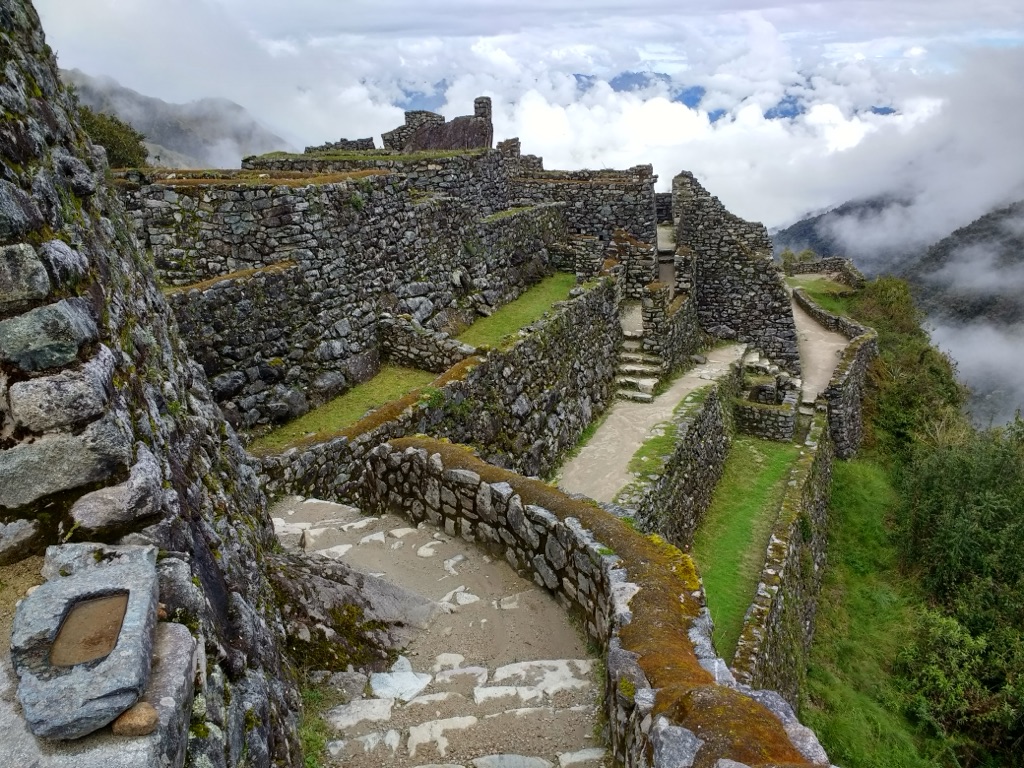
After the Spanish conquest, Sayacmarca fell into obscurity. It remained untouched and preserved by the dense Andean forest. The site’s rediscovery brought it back to light, but it has not undergone extensive excavation. This has preserved its original state, offering a more authentic look into the Incan past.
Today, Sayacmarca is a stop for hikers on the Inca Trail. It offers breathtaking views and a chance to ponder the lives of those who passed through centuries ago. The site’s remote location has protected it from the wear and tear of modern development, keeping its history intact for future generations to explore.
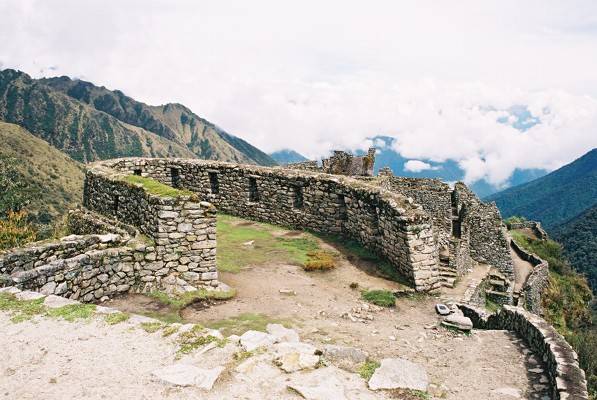
About Sayacmarca
Sayacmarca’s architecture is a testament to Incan engineering. The site features a complex of rooms, plazas, and religious areas. Its buildings are made of stone, expertly cut to fit together tightly without the need for mortar. This construction technique is characteristic of Incan builders and has stood the test of time.
The site’s layout is adapted to the mountainous terrain. Sayacmarca includes terraces carved into the hillside, which likely supported agriculture. These terraces also helped manage water and prevent erosion, crucial in the Andean environment. The Incas were masters of adapting their architecture to the natural landscape.
One of the architectural highlights of Sayacmarca is its main gate. It features a double-jamb doorway, which is rare in Incan architecture. This suggests the site had a significant ceremonial function. The gate leads to a series of ceremonial rooms and a sunken plaza, which may have been used for religious rituals.
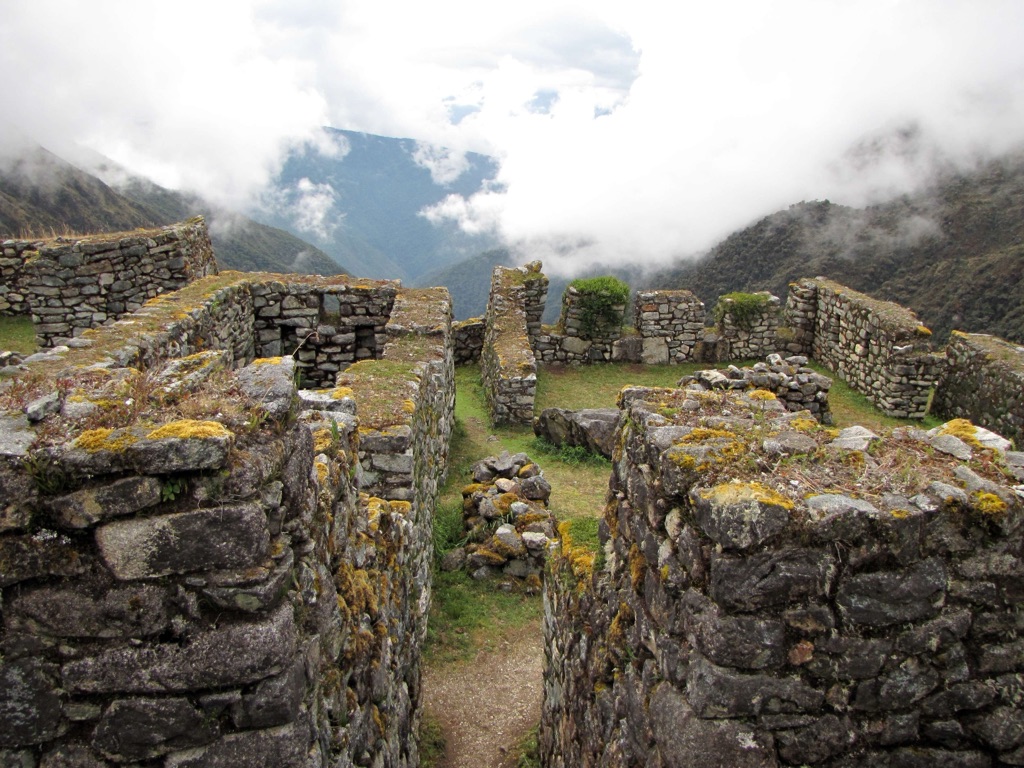
The buildings at Sayacmarca are interconnected by a network of stairs and pathways. These not only provided access throughout the site but also integrated it into the larger Inca Trail system. The pathways are an example of the Incas’ sophisticated road network that connected their empire.
Despite its ruins, Sayacmarca’s structures give insight into Incan life. The site’s strategic location and architectural features suggest it was more than just a residential area. It likely played a role in the social and religious aspects of Incan society, as well as in their administrative system.
Theories and Interpretations
Several theories exist about Sayacmarca’s purpose. Some suggest it was a religious site, while others believe it was a military outpost. The presence of ceremonial structures supports the idea of religious significance. However, its strategic location also points to a military use.
There are mysteries surrounding Sayacmarca, such as the exact function of certain buildings. Without written records, archaeologists must rely on the site’s layout and artifacts to make educated guesses. Theories are often matched to historical records from the Spanish conquest for validation.
Dating Sayacmarca has been challenging. The Incas did not use a writing system that recorded dates. However, archaeologists have used methods like carbon dating and analysis of construction styles to estimate its age. These suggest Sayacmarca was built in the mid-15th century.
Interpretations of Sayacmarca also consider the broader context of the Inca Empire. The site’s design reflects the Incas’ centralized control and their ability to mobilize labor for large-scale projects. Sayacmarca fits into the pattern of Incan sites that facilitated communication and control across the empire.
Further research may uncover more about Sayacmarca’s past. For now, it remains a fascinating piece of the Incan puzzle. Its ruins offer a silent narrative of the empire’s reach and the daily lives of its people.
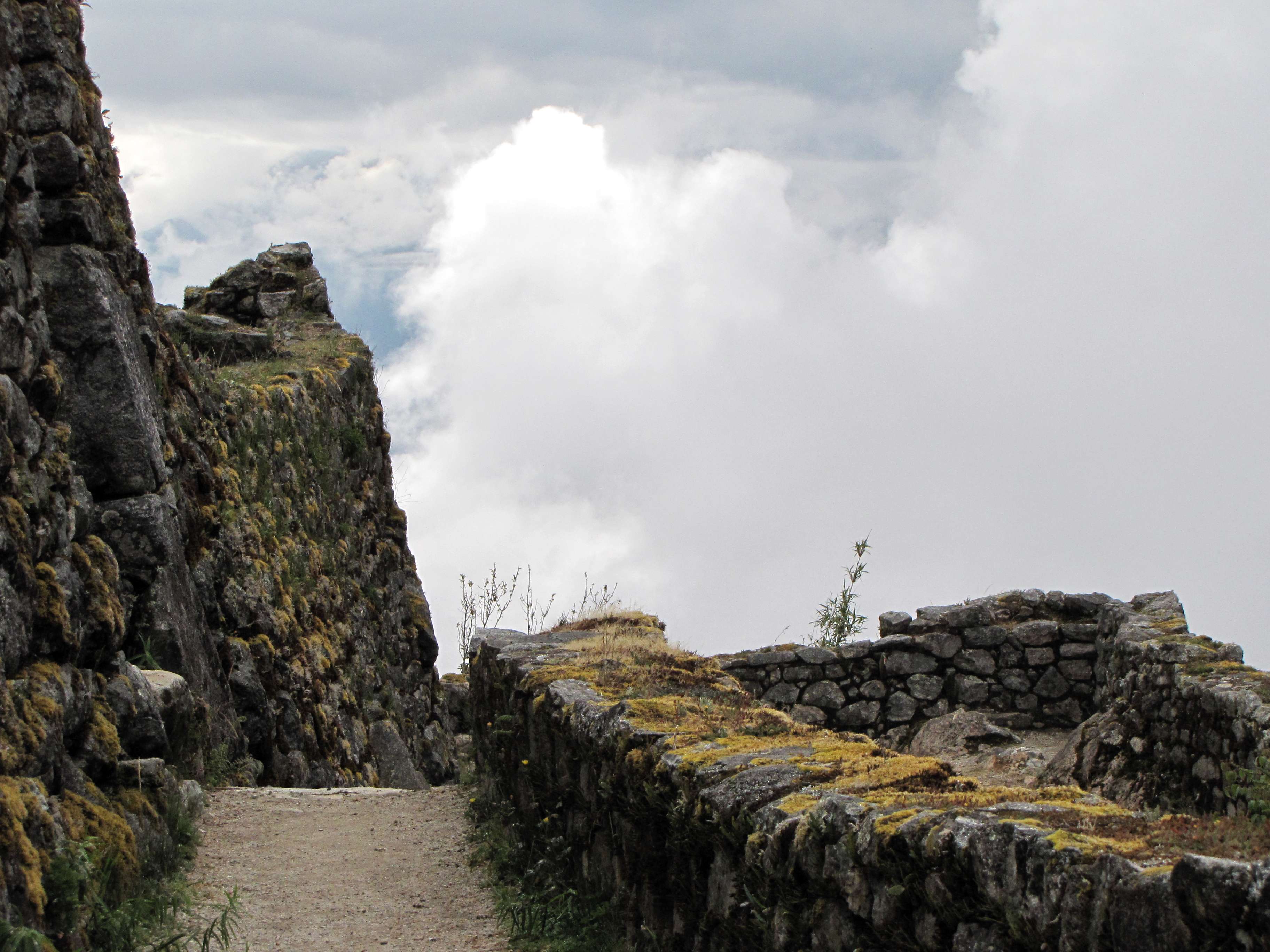
At a glance
Country: Peru
Civilization: Inca
Age: 15th century AD
Conclusion and Sources
Reputable sources used in creating this article include:
- Wikipedia: https://en.wikipedia.org/wiki/Sayacmarca

